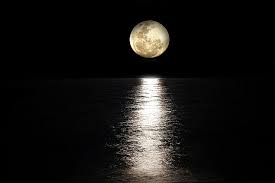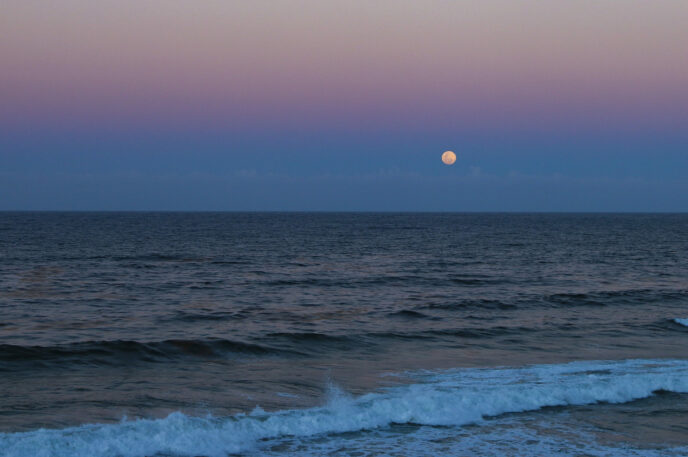Costa Rica and the rest of the world will have a view of the full moon tomorrow.
Supermoons of August
August presents an engaging spectacle for astronomy enthusiasts and moon lovers. The summer month begins and ends with a supermoon, with the Full Sturgeon Moon making its appearance on Tuesday, Aug. 1, followed by the Full Blue Moon on Aug. 30.
Full Sturgeon Moon and Its Lunar Cycle
Notably, these two full moons are supermoons and mark the midpoints in a chain of four lunar events, which started with the Full Buck Moon on July 3. Post the Full Sturgeon Moon, the moon’s illuminated side will wane. This waning phase will see the moon rise and set an hour later each day, leading to the next new moon on Wednesday, Aug. 16, 2023.
New Moon Phase
During the new moon phase, signifying the start of a new 29.5-day lunar cycle, the moon will be completely dark, rising and setting around 6 a.m. and 6 p.m. respectively. The moon’s absence from the night sky characterizes this phase.
Waxing Moon and Full Blue Moon
Following the new moon, the moon’s illuminated side will turn toward Earth again, causing the lit lunar face to progressively brighten, a phase known to astronomers as “waxing.” This waxing phase will culminate in the next supermoon, the Full Blue Moon on Aug. 30, which from New York City will rise at 19:10 EDT (2310 GMT) and set at 06:46 EDT (1146 GMT) on Aug. 31.

Supermoon: What’s in the Name?
What makes these August full moons earn the title “supermoon,” and how do they differ from “regular” full moons? Supermoons occur because the moon’s orbit around the Earth is elliptical rather than a perfect circle. Hence, during its 27.3-day orbit, the moon is closer to the Earth at some points (perigee) and further away at others (apogee), causing a visible size difference of about 14%.
Defining a Supermoon
A supermoon happens when the moon is both full and around its perigee, making the official term for a supermoon a “perigean full moon.” Notably, for a supermoon to occur, the moon doesn’t have to be at its closest point to Earth.
Lunar Distances During Supermoons
According to eclipse expert and retired NASA astrophysicist Fred Espanak, during the Full Sturgeon Moon, the moon will be 222,158 miles (357,530 km) from Earth, slightly closer than its average distance of around 238,000 miles (382,900 km). The perigee of the moon happens on Aug. 2, coinciding with the Full Sturgeon Moon. The Aug. 30 Full Blue Moon will be around 222,043 miles (357,343 km) from Earth, making this supermoon the closest and brightest of 2023.
Supermoon’s Visibility
Supermoons can result in a 30% brightening of the moon and a 14% increase in its size as seen from Earth. These differences can be discerned by moon-watchers with extensive experience observing lunar events but may not be obvious to the untrained eye.
End of the Summer Supermoons
The “summer of supermoons” concludes with the Full Corn Moon on Sept. 28, five days after the September equinox, marking the end of summer in the northern hemisphere. The next supermoon spectacle is not expected until 2024, with only two supermoons occurring on Sept. 18 and Oct. 18.
Observing the Supermoons
For those keen on observing these supermoons starting with the Full Sturgeon Moon, our guides to the best telescopes and binoculars offer excellent starting points. If you’re interested in photographing the moon and the night sky, we also have guides on how to photograph the moon, the best cameras for astrophotography, and the best lenses for astrophotography.

